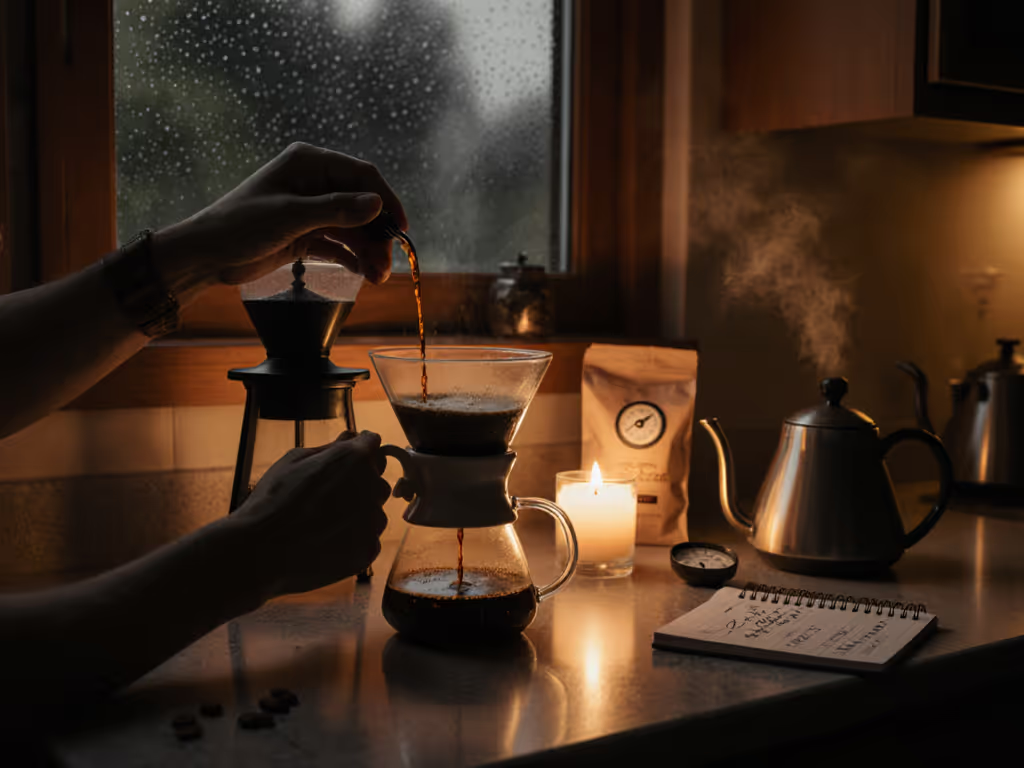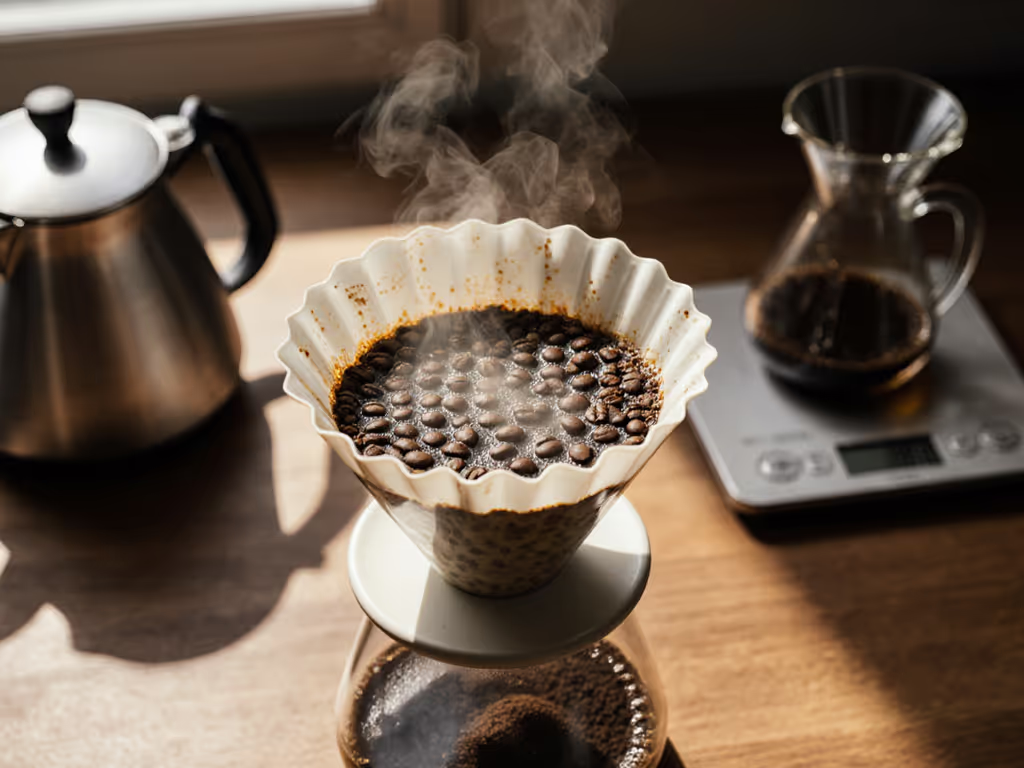
Fix Your Pour Over: Stop Sour Coffee & Bitter Brews Now
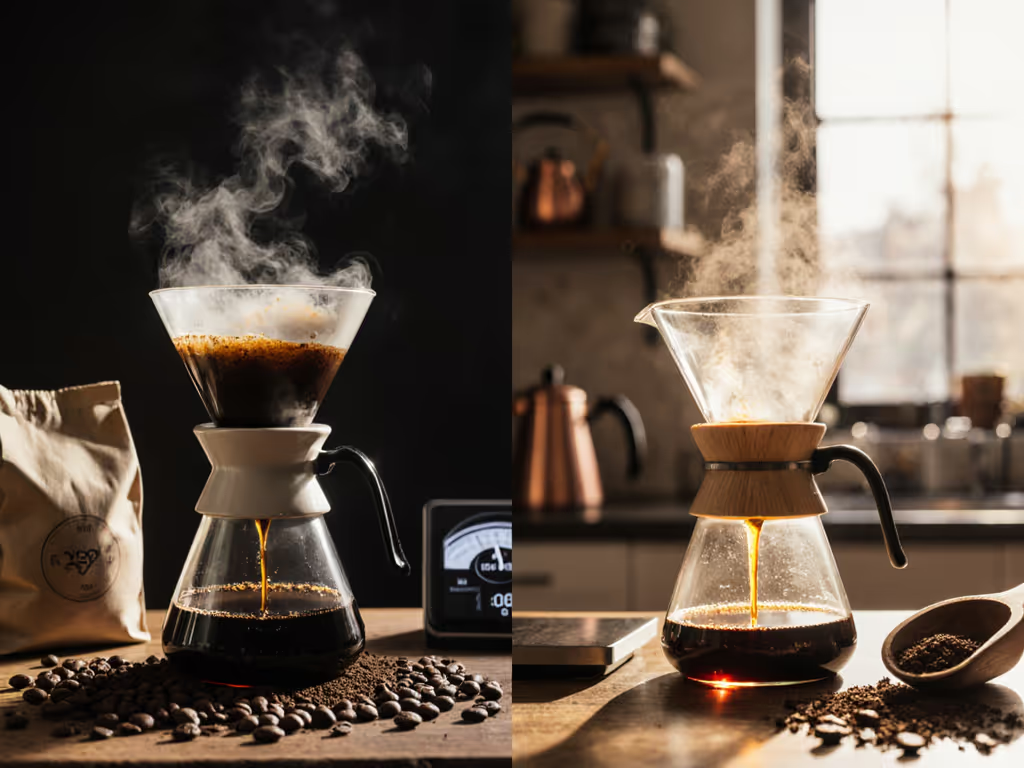
You've set up your pour over coffee maker, followed a recipe, and yet your cup tastes sour or bitter. Sound familiar? Troubleshooting pour over coffee doesn't need advanced gear or barista certification; it starts with one simple change you can make today. Whether you're using a basic dripper or a large pour-over coffee maker, the secret to balanced coffee lies in understanding what your taste buds are telling you. In this guide, I'll show you how to diagnose and fix common issues with clear, actionable steps that work with the gear you already own.
Confusion about pour over problems is everywhere online. One source says "grind finer," another says "use cooler water," and suddenly you're wasting precious beans trying to decode conflicting advice. But what if you could troubleshoot your cup with just one adjustment at a time? That's the approach that transformed my neighborhood library coffee workshop (where we brewed with whatever people brought), and it can transform your morning routine too.
Why Does My Pour Over Taste Sour?
Sour pour over coffee usually means your grounds didn't have enough time in contact with water. Think of coffee extraction like steeping tea: too little time, and you get sharp, acidic notes without the sweetness. This happens most often when:
- Your grind is too coarse (like sea salt instead of sand)
- Water temperature drops below 195°F before finishing
- Brew time is under 2 minutes for a single cup
- You skipped the bloom phase (that initial 30-second soak)
The One-Step Fix
Choose just one adjustment:
- Make your grind slightly finer (one notch on most grinders)
- OR extend your total brew time by 15-20 seconds
- OR ensure you're using water just off the boil (200°F is ideal)
Start where you are; one variable, one win, then another.
Test this change for three consecutive brews before adjusting anything else. You'll notice sweetness emerging where sharpness lived before. This is how beginners build confidence, not by perfecting everything at once, but by mastering single variables.
Why Does My Pour Over Taste Bitter?
Bitter pour over coffee means you've over-extracted those delicate compounds. Imagine squeezing a sponge too hard, and you get all the bitter leftovers, not the balanced sweetness. This happens when:
- Grind is too fine (like powdered sugar)
- Water stays in contact with grounds too long
- Water temperature exceeds 205°F
- Pouring is too aggressive, causing channeling
The One-Step Fix
Instead of overhauling your entire process, try only one of these:
- Coarsen your grind by one setting
- Reduce total brew time by 15-20 seconds
- Pour more gently in concentric circles (not all at once)
If you're using a device like the Hario V60,
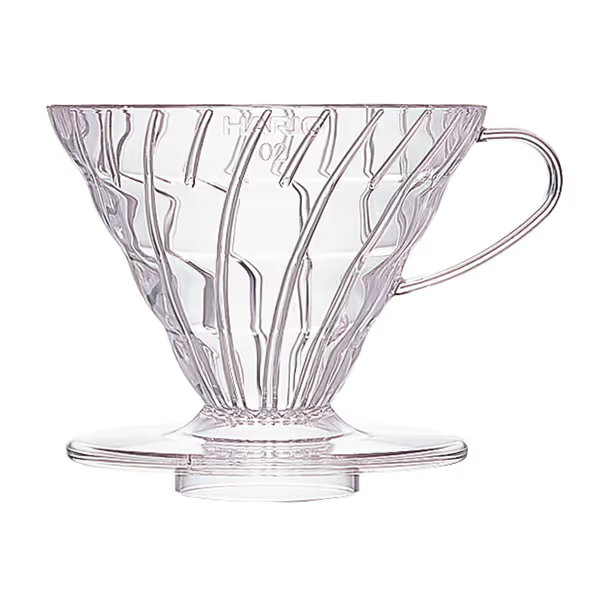
HARIO V60 Plastic Coffee Dripper
notice how its single large hole affects flow rate. A slightly coarser grind might be all you need to prevent over-extraction in cone-shaped brewers. The key is patience; observe how one change transforms your cup before tweaking anything else.
How Do I Fix Inconsistent Results?
Your coffee shouldn't taste different two days in a row when using the same beans. Consistency comes from controlling variables you actually can manage:
- Water matters most: Tap water with high mineral content masks sweetness. For mineral balance and simple fixes, see our water quality guide. Try filling your kettle with half tap water and half distilled; that one tweak reveals clarity in most home setups.
- Grind fresh, every time: Pre-ground coffee loses 60% of its volatile compounds within 30 minutes. A $25 hand grinder beats stale beans from even the best café.
- Measure your pour: Use the "count method": pour for 5 seconds, let it settle for 5 seconds. No fancy scale needed for basic consistency.
When I taught beginners at that library workshop, we mapped changes on a simple chart: one column for the adjustment, one for the taste change. Faces lit up when they realized they didn't need perfect gear, just honest tasting and one controllable change at a time.
What About Larger Batches?
When using a large pour-over coffee maker (serving 2+ cups), many people make these mistakes:
- Using the same grind as for single cups (too fine)
- Pouring too aggressively to "cover more ground"
- Not adjusting water temperature for longer contact time
The fix? Coarsen your grind slightly, extend bloom time to 45 seconds, and pour in slow concentric circles starting from the center. A pour-over coffee carafe with measurement markings helps maintain proper ratios without a scale. If you're brewing for multiple people, the Kalita Wave's flat-bottom design
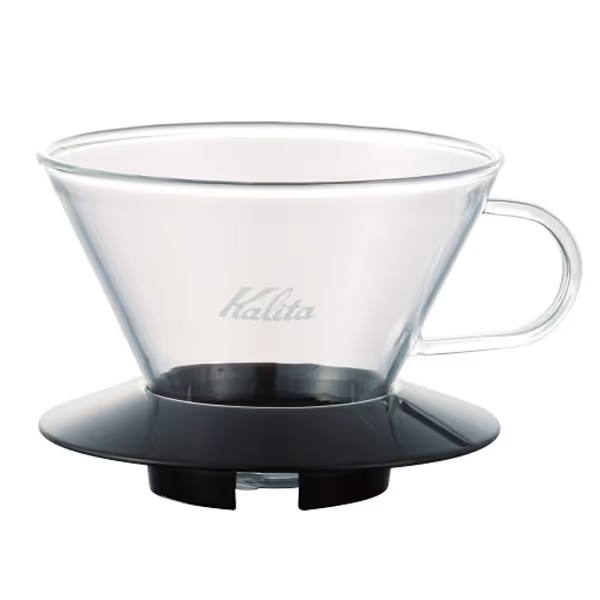
Kalita Wave Pour Over Dripper
creates more even extraction across larger batches than cone-shaped brewers.
Why Can't I Taste the Sweetness?
Specialty coffee isn't supposed to be bitter or sour; it should have natural sweetness. If you're not tasting it, check these often-overlooked factors:
- Filter placement: A folded seam pressing against the dripper wall creates channels where water bypasses grounds
- Water composition: Soft water makes coffee taste flat; hard water makes it harsh. Your local tap is likely the silent culprit
- Bloom neglect: Skipping this 30-second step traps carbon dioxide that blocks even extraction
Last week, a student brought beans that tasted "ashy" to her. We tried one change: rinsing her paper filter with hot water first. Suddenly, the inherent stone fruit notes emerged. No new gear, just one mindful step.
The Real Secret to Better Pour Over
Mastery isn't about chasing perfect equipment. It's about training your palate to notice subtle changes and having the courage to adjust one thing at a time. That library workshop taught me more than any certification ever could: when we simplified variables, confidence brewed consistency.
Your next step isn't buying new gear; it's tasting your current cup with fresh attention. What's the one thing you'll adjust tomorrow morning? Will it be your grind setting, your pour rhythm, or your water blend? Pick just one, track the change, and taste the difference.
Ready to go deeper? I've created a simple printable checklist showing exactly which single adjustment to try for 9 common pour over issues, no confusing charts, just clear next steps. Use it to make your next brew your best yet.
Related Articles

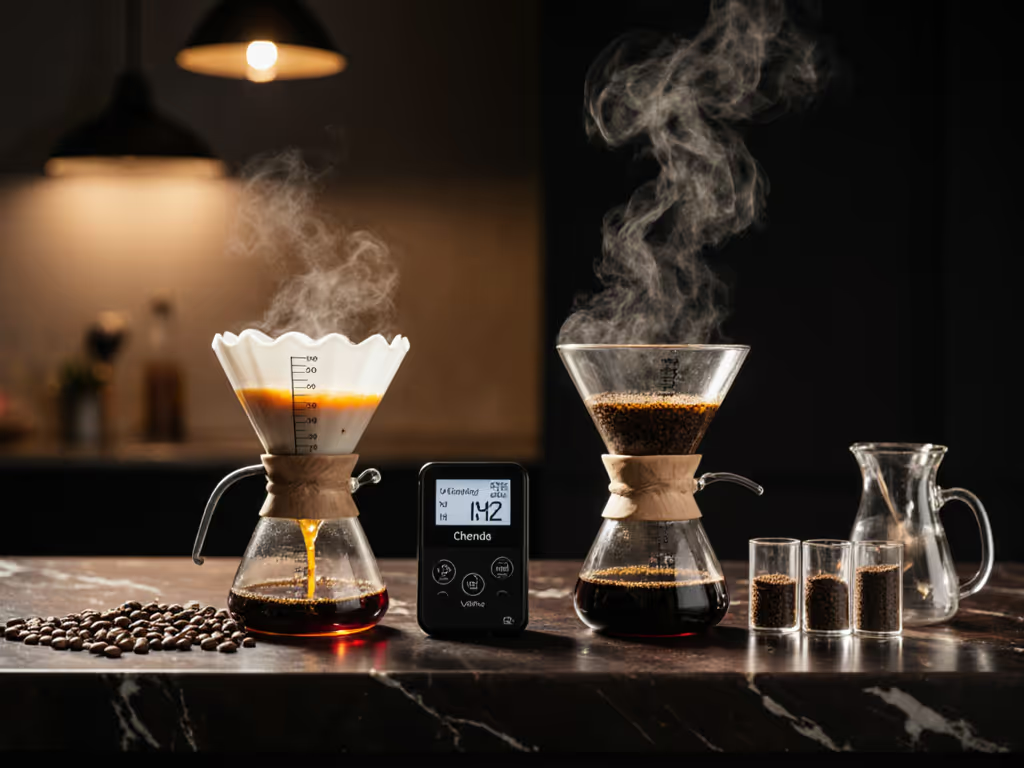
Anaerobic vs Carbonic Maceration Pour-Over Comparison
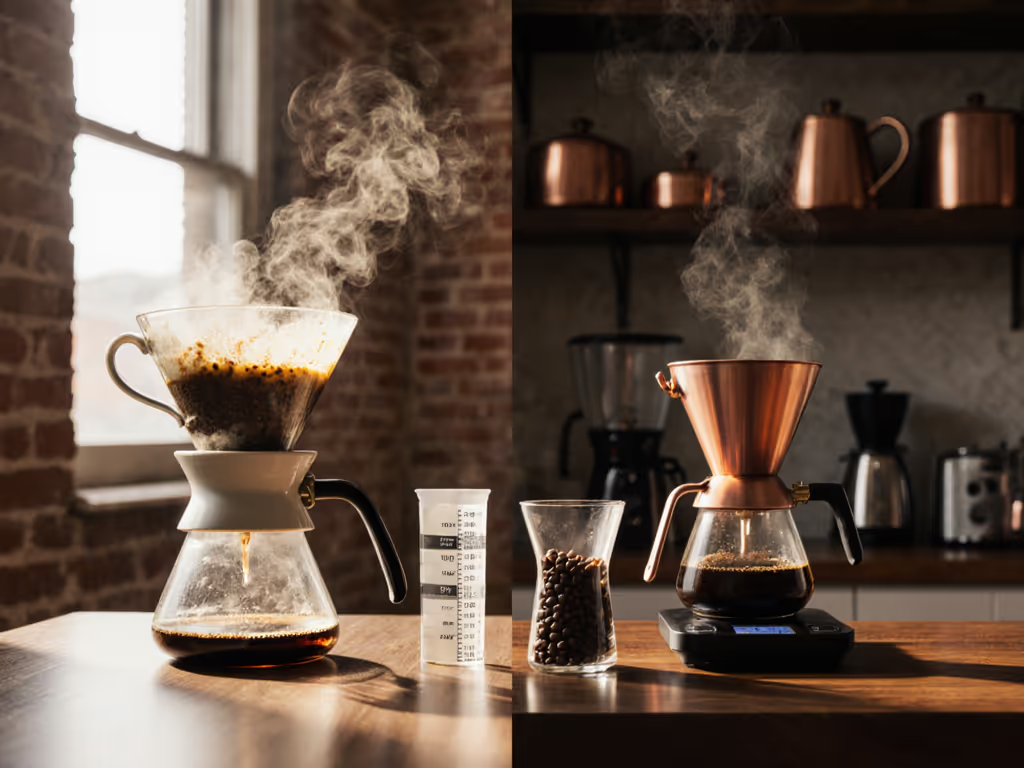
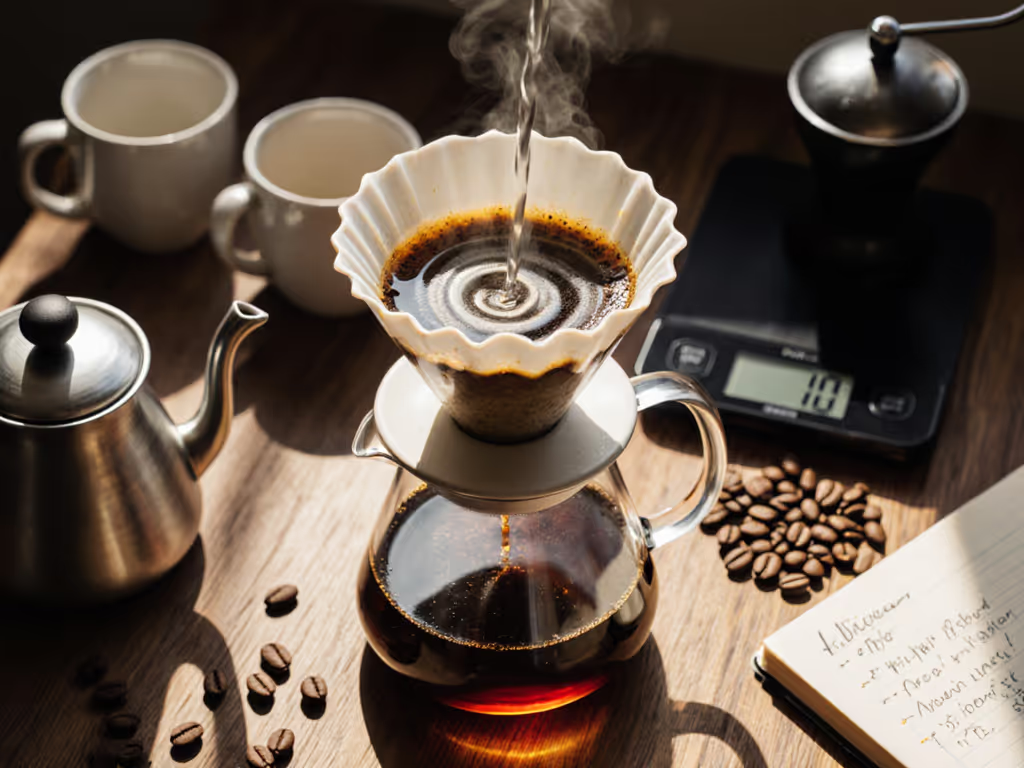
Solve Decaf Extraction: Pour-Over Techniques That Work
